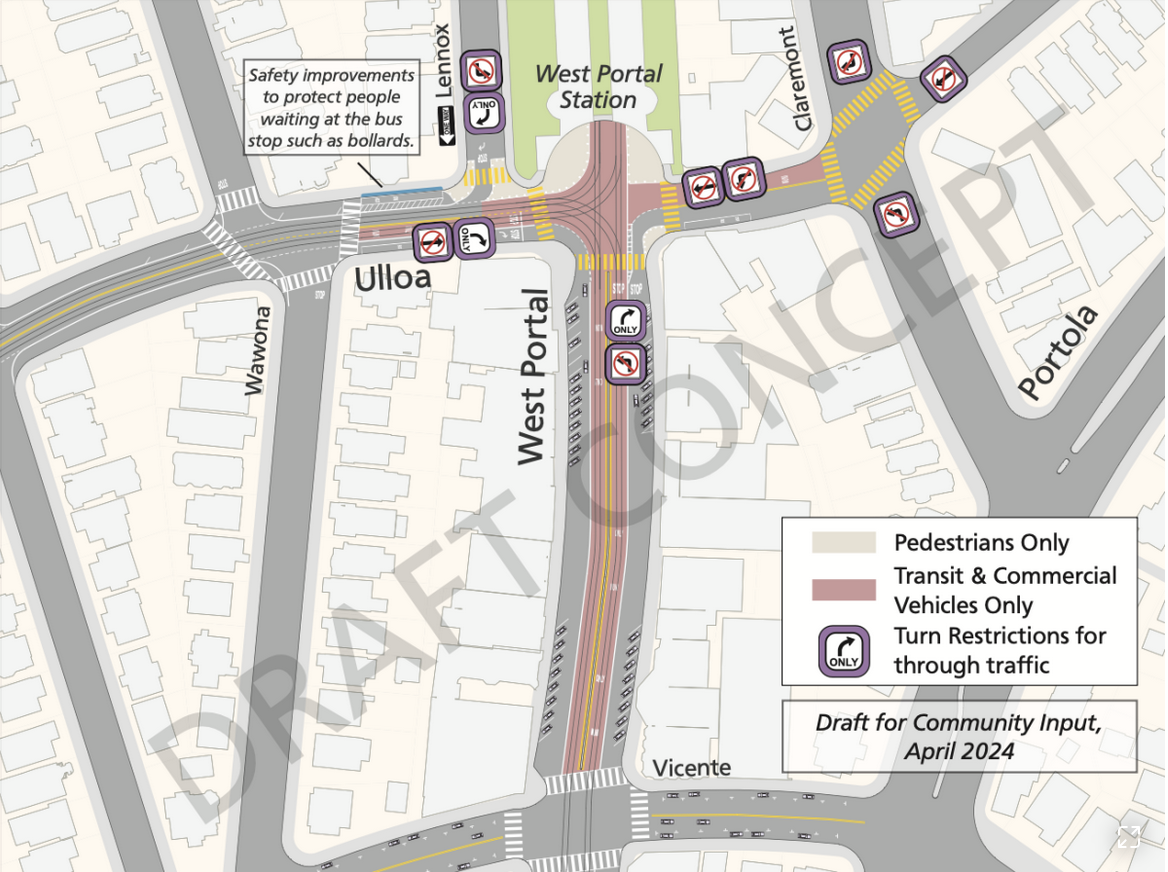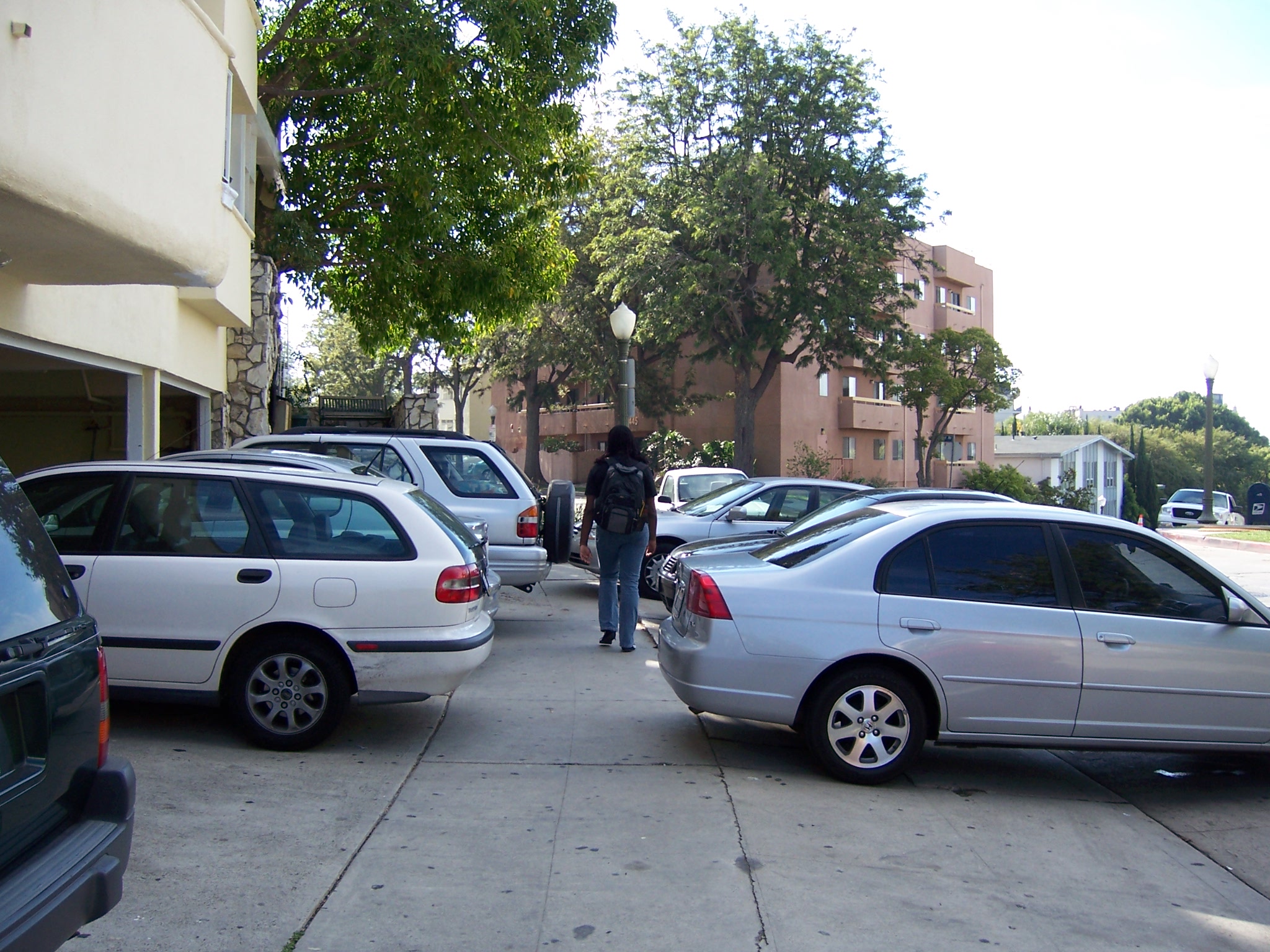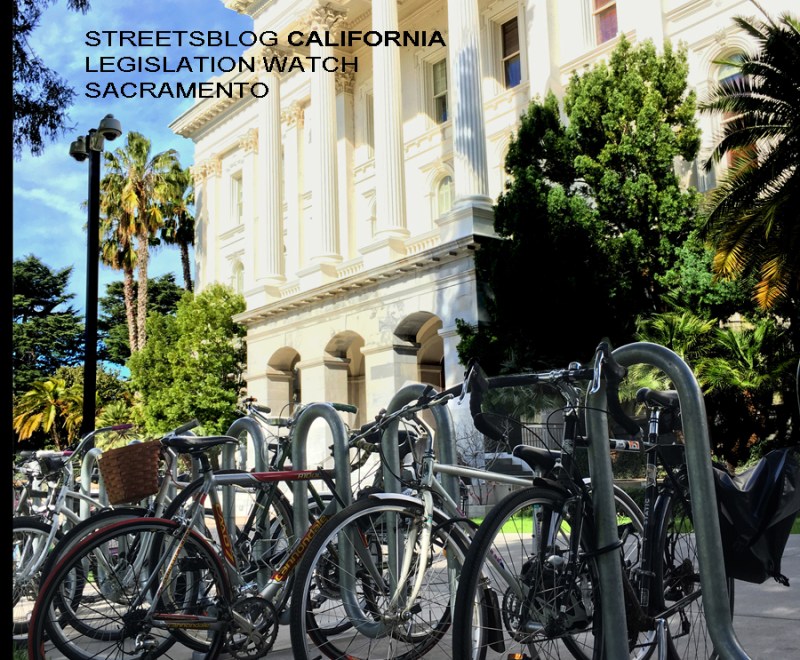Affordable Housing and Sustainable Communities Workshops: What Needs Fixing? Asks Staff
4:38 PM PST on December 21, 2016
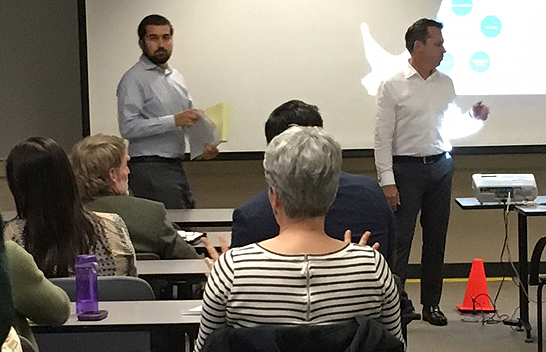
Strategic Growth Council staff led several workshops on “lessons learned” with the Affordable Housing and Sustainable Communities program. Photo: Melanie Curry
Last week, the Strategic Growth Council (SGC) held workshops on the Affordable Housing and Sustainable Communities (AHSC) program. The workshops were billed as a discussion of “lessons learned” during the first two rounds of funding for the program. SGC staff is working on new guidelines for the next round, which will commence some time in 2017.
But if you went to one of the workshops—held the last two weeks in Merced, Oakland, and Long Beach—and expected to hear staff talk about what they had learned, you would have been disappointed. Instead, the workshops were set up to find out from participants what changes they thought the program needed to incorporate, based in experience from its first funding rounds.
Attending the workshop were affordable housing developers, housing advocates, and transit planners. Many of them seemed to want answers about why specific projects failed to get AHSC funding, but they gamely engaged in discussions of the topics as laid out by staff.
Three “breakout sessions” of twenty minutes each brought together small groups to discuss five topics: transportation, housing, the application process, scoring criteria, and the methodology for quantifying greenhouse gas (GHG) reductions. Staff were specifically looking for feedback on each of these topics and how processes could be improved on future application rounds.
But each of the topic areas could have benefited from day-long discussions on their own. For example, in a short session it was hard to even get going on a topic as complex as whether the scoring criteria helped or hurt the state's efforts to meet greenhouse gas reduction goals.
The program's ambitions overwhelm its size. The AHSC funds affordable housing and transportation projects using funds from cap-and-trade—which means all its projects, first and foremost, have to reduce greenhouse gases. By itself that is a tall order, given current methods of estimating greenhouse gas emissions and projecting future population growth. But it's also far from the program's only goal.
The AHSC aims to get transit planners and housing developers to sit down and work together to increase emission reductions. That needs to start with a basic educational process designed to get them to understand better how transportation and housing choices affect each other.
The program also tries to make sure that historically disadvantaged communities have access to its funding.
It also has the goal of encouraging high-density housing near transit, a form that has not been traditional in California and is frequently opposed by current residents who don't understand the need for it.
And it's trying to do all of this with a small pot of funding. The AHSC gets twenty percent of the money that is collected under California's cap-and-trade system. The last quarterly auction, in November, did a little better than the two previous ones, bringing in about $364 million--of which the AHSC will get $72 million. The total amount the AHSC will be able to award next year depends on future auction results.
The program's last round of funding, released in October, was able to fund only 25 projects, out of 85 that made it to the detailed application stage. It awarded a total of $289 million.
In a conversation after the workshops, Darwin Moosavi, a senior planner with the Governor's Office of Planning and Research who helped lead the workshop, said that, “Yes, the program is complicated. But the intent of the program as written in statute was complicated to begin with. The program was asked to do everything. Basically, the AHSC is supposed to holistically look at what a sustainable community is, and figure out how to help deliver that. That includes bringing together all the players, pieces, and priorities, and putting them all in one basket.”
At the workshop, staff both wanted to get into the weeds with participants and tried to stay away from detailed questions about specific projects. Are we defining “high-quality transit” correctly, they asked? What does it really mean for a project to be “shovel ready,” and how can that best be shown on paper? Are the current requirements for showing that other funds are committed the best way to do that, or are the forms used relatively meaningless? Are the categories for quantifying GHG emissions the right ones?
But the participants had their own questions. “What do we do now?” asked one. “It was already difficult to create the partnership between transit agency and housing developer, and now that we didn't get the funding, everyone is going in their own direction. Do we just give up?”
Mike Pallesen, who applied for a grant for a senior housing project in Ukiah, was discouraged about the way the scoring for GHG emissions worked. “We got no points for being a completely solar project,” he said. “If a solar project isn't reducing GHGs, then what is?” he asked.
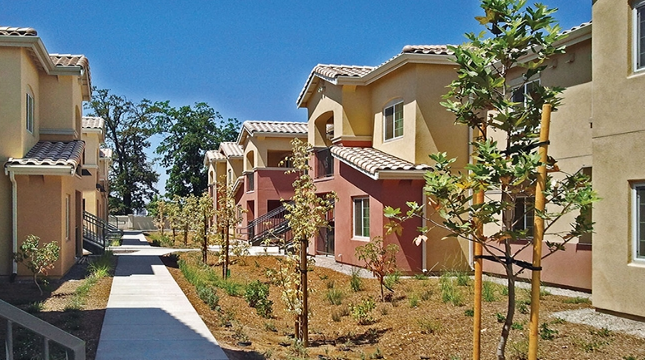
At one table the question arose as to whether it would help if projects could get a better idea of their GHG reduction scores before going through the lengthy application process. That is complicated, said the table moderator, because the GHG scores are determined on a curve, with each project ultimately rated against the other projects being considered.
“We recognize that communication is an ongoing issue,” said the moderator. “We do need to be more clear about what we're asking for.”
That may be one of the biggest lessons learned, and one that may have to be learned over and over again.
One of the program's goals is to get housing developers and transportation planners to work together, in recognition that the only way to get people to drive less—and thus reduce greenhouse gases—is to make that possible with better, more holistic planning. But that's not how planning happens now.
Because this program is the only source of state funding for affordable housing, a developer with an ongoing project who needs funding may look for a way to tack on a transportation project. And it's natural to try to figure out how to maximize the chances of winning funding with the least amount of extra work—and the work to complete the AHSC application is very complex.
And the complexity lends itself to finding shortcuts. Several of the projects that got AHSC funding, for example, supported a local transit agency by using the funding to buy a bus. The claim is that a new bus would enable the agency to increase bus service to the new housing, but it raises the question of whether that's the best way for the two sectors to work together. Or if it even counts as “working together.” Or if a new bus even guarantees more service, given the need to also pay for people to drive the bus.
But Moosavi said that staff has already noticed some changes. “In various parts of the state, regular meetings are taking place where planners are starting to think about how to align transportation and housing, in a way that didn't happen before,” he said. But, he added, “there is still a lot of room for improvement."
Another issue that was raised at the Oakland workshop and elsewhere is about geographic distribution of the awards. “That's one of the most difficult things about this program,” said Moosavi. “We're basically saying that we want to see smart growth and infill development across the state in areas of high transit opportunity where we can serve low-income individuals and help them get to jobs and services. That fits a certain picture of what a community looks like—but that's not everywhere in the state,” he said. “At the same time, this is a state program, and people across the state need resources. We're trying to make sure people in all areas have an incentive for improvement, even though they may be in area that doesn't match this picture.”
The larger question remained unasked: How can this small program encourage the kind of major shifts in thinking that would allow people all over the state to drive less, thus reducing their greenhouse gas emissions? Several comments at the workshop pointed out that, even with twice or three times the money available, even if it could fund all the projects that applied for funding, the program wouldn't make a dent in the need for affordable housing in California—let alone better transportation options for people.
“One thing that often gets lost,” said Moosavi, “is the fact that this is first and foremost a GHG reduction program. We are trying to find ways to reduce vehicle miles traveled, and the way we get around. There's an interesting tension between that and a lot of individuals who treat it as an affordable housing program—but there are greater goals than just housing.”
Strategic Growth Council staff plan to release new draft program guidelines by late February or early March. The guidelines will be available for public comment, and another series of workshops will be held in various parts of the state. Look for more opportunities to participate at that point.
Streetsblog California editor Melanie Curry has been thinking about transportation, and how to improve conditions for bicyclists, ever since commuting to school by bike long before bike lanes were a thing. She was Managing Editor at the East Bay Express, editor of Access Magazine for the University of California Transportation Center, and earned her Masters in City Planning from UC Berkeley.
Stay in touch
Sign up for our free newsletter
More from Streetsblog California
Automated Enforcement Coming Soon to a Bus Lane Near You
Metro is already installing on-bus cameras. Soon comes testing, outreach, then warning tickets.
Friday’s Headlines
SF plans street redesign at crash site; Santa Cruz commission still supports plan to have both trail and rail; State budget includes subsidies for fossil fuel industry; Unhoused camping; More
Thursday’s Headlines
CA youth speak out on climate: How LA Metro plans to spend $ from canceled 710 freeway; Watch out, illegal SF parkers, tickets are coming; More
Legislators Tackle AV, School Zone Safety
Are AVs freight trucks ready to be deployed on California roads with no one in them?
Metro Looks to Approve Torrance C Line Extension Alignment
Selecting the relatively low-cost hybrid alternative should help the oft-delayed South Bay C Line extension move a step closer to reality

